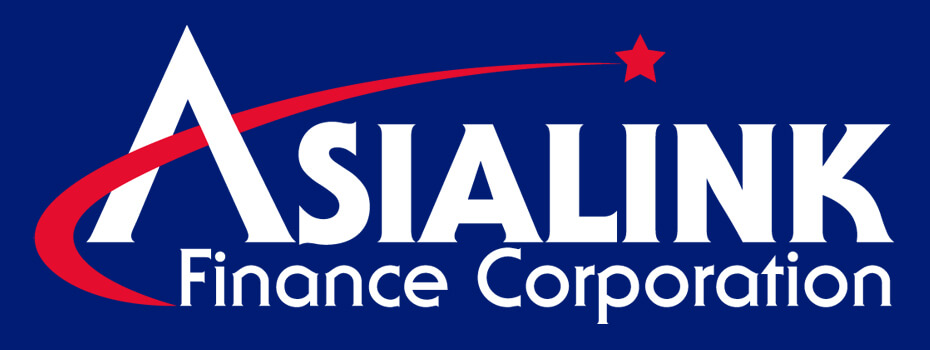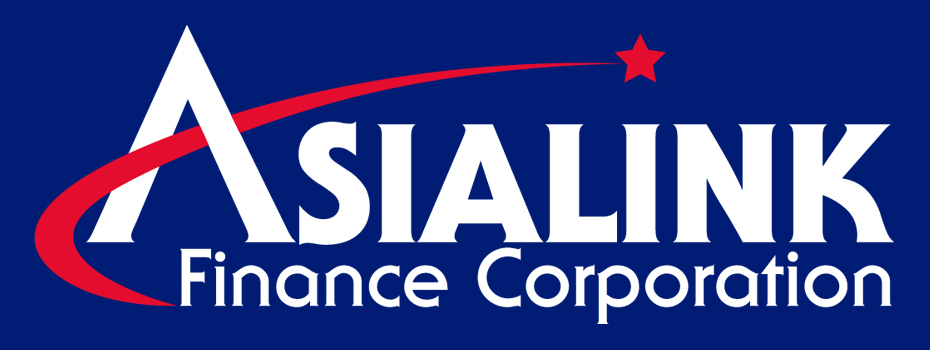There are two ways to jumpstart your career as an entrepreneur. You can build a business from scratch or franchise an existing brand. Both have pros and cons, and it’s up to you to decide which one suits you best.
No matter how creatively you’ve envisioned the project, and regardless of the persistence you know you possess, your business won’t go operational without capital. Whichever option you choose, you’ll need sufficient funds to make the company of your dreams a reality.
Learning how to manage business finances requires ample research. After all, you don’t want to be misled by, at best, outdated and erroneous information. Businesses are risky endeavors, and you can’t afford to make mistakes even before starting. On that note, you’ve come to the right place. Here’s your comprehensive guide on business financing.
What is Business Financing?
Business financing is a type of funding you can access to pay for expenses such as inventory and equipment investment, labor payment, expansion costs, and temporary cash flow interruptions. There are several business financing options available. However, some types of financing may be more suitable for certain purposes than others.
The Main Types of Financing

One common entrepreneurial mistake is committing to the first financing option made available to you. Don’t fall prey to this mishap. Remember that the type of financing you end up with will define the course of your business. With that in mind, consider the following.
1. Debt
Debt is borrowed money you’ll have to pay within a specific timeframe. Examples include:
- Term loan – A lump sum paid over a mutually agreed period
- Peer-to-peer lending – Crowdfunded capital
- Invoice financing – Unpaid invoices serve as collateral
- Line of credit/credit card – Use-When-Needed loans
- Friends and family – Loans from personal relations
2. Equity
This financing gives investors equity or shares of a company’s assets. Equity capital also goes by “book value” or “net worth.” Major corporations, such as Microsoft and Apple, are funded this way. However, this may prove too demanding for small and medium enterprises (SMEs) because of the paperwork involved in designing such a financing scheme.
Investors may include the following:
- The public
- Specific individuals or angel investors
- Professional investment groups or venture capitalists
- Incubators or accelerators
- Family and friends
3. Other/Specialty
Consider this type an alternative to the more prevalent debt and equity capital. It comes in a variety of agreements, including the following:
- Grants – You may access capital funds you don’t have to repay, thanks to business-building initiatives from the government and other relevant institutions.
- Presales – A common iteration of this is rewards-based crowdfunding. Here, you can request money from customers, and once you release your products, they gain access to special rewards and perks.
- Vendor financing – You don’t pay for inventory straight up. Your supplier retains ownership until you sell the products displayed on your shelves and make a profit. It’s most common among retail shops.
- Generating float – Insurance companies use this financing scheme. They invest collected money to generate income used for paying benefits.
- Sweat equity – Also called bootstrapping, sweat equity is when the company agrees with its employees for the latter to render work at a low rate of pay, with the promise of rewarding them significantly once the business becomes big enough to afford it.
6 Tips to Fund and Finance Your Business

Business financing is not a one-size-fits-all matter. What works for one entrepreneurial venture might fail another. That’s why you need to carefully study and understand the business you have in mind and let the insights you gather support your eventual financing decision. Furthermore, there are basic but reliable financing strategies you may adapt, such as the following.
- Save up or earn extra income
Earning enough money for self-funding means you won’t be indebted to anyone, for one thing. It may require utmost patience and commitment on your end, but it can be a rewarding route to take. Thus, limit your expenses, save up, and diversify your sources of income. These tactics will get you closer to the specific amount you need to achieve your business vision. - Liquidate your assets
Do you have multiple cars, and you seldom use most of them? Remember that car value depreciates, so while you can still sell them at a good price, do it. Do you have an idle second home that’s just gathering dust? You can put it on the market. The funds you recoup from liquidated assets might be enough for you to start or grow a business.
- Get a loan
A loan may be a financial obligation, but it’s nothing to fear. If you didn’t think twice about applying for a auto loan before, there’s no reason for you to get intimidated by a business loan now. It’s a common source of funding for businesses, and with thorough research and exploration, you’ll find loan products with competitive interest rates.
- Ask your friends or family for a loan
Borrowing from friends and family offers the possibility of getting a loan without interest or with an interest rate that’s less than what banks offer. However, be a little wary of this option, too, since an unpaid loan could complicate your personal relationships.
- Consider crowdfunding
If you believe in your business idea enough, let other people hear about it. Convince them that it’s in their best interest to chip in for the realization of your vision. Promise them something exciting in return, such as exclusive perks and merchandise.
- Borrow from the government
Government-run entities offer programs that can help jumpstart your business. For example, the Social Security Service (SSS) has a Business Development Loan Facility. They support local entrepreneurial projects while boosting the country’s economic growth. Make the most of this opportunity by applying for a loan.
Business Financing FAQs

Here are some FAQs for you to ponder and further guide you in choosing the best business financing option.
- How do I know how much funding/financing I need?
It would be best if you accounted for all expenses. These include the initial costs linked to starting a business, including inventory and equipment acquisition, operational costs for when your business is up and running, miscellaneous expenses on permits, insurance, and marketing, and some leeway for contingency funds.For exact computations, it’s best to work closely with an accountant with sufficient background in business financing.
- Can I self-fund my business?
Yes, you can. But, keep in mind that there are pros and cons. An upside is you won’t incur debts. However, remember that you’re putting your own money at risk, and you might run out of funds before your turn a profit.
- Is it easier to seek funding for a business franchise?
The advantage of a business franchise is brand recall. The name has already established itself.Loan providers might find it easier to part with their money, given they’re getting behind a business venture with a proven track record. However, franchise agreements dictate how you run the business, restricting creativity. There will also be operational restrictions on the products you sell and the suppliers you use.
Let’s Get Down to Business

Whether you plan to build a brand from scratch or franchise an already established name, starting a business is a huge endeavor. It’ll take a discerning and determined effort to begin an entrepreneurial project and make it succeed in a fierce market.
It would help if you had the foresight to distinguish the best financing options for the business you have in mind. Once you have the funds, you should require careful accounting of everything you need to operate, such as the number of trucks for business necessary for your staff.
To discover more financing options, check out Asialink Finance’s offered products ranging from collateral loans to online loans in the Philippines. We simplify loan applications and provide competitive interest rates that make the process less burdensome. Whatever business you’ve envisioned, we’re ready and able to be your ally. Apply now!






